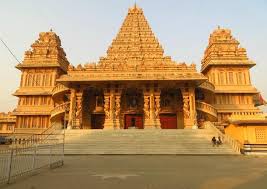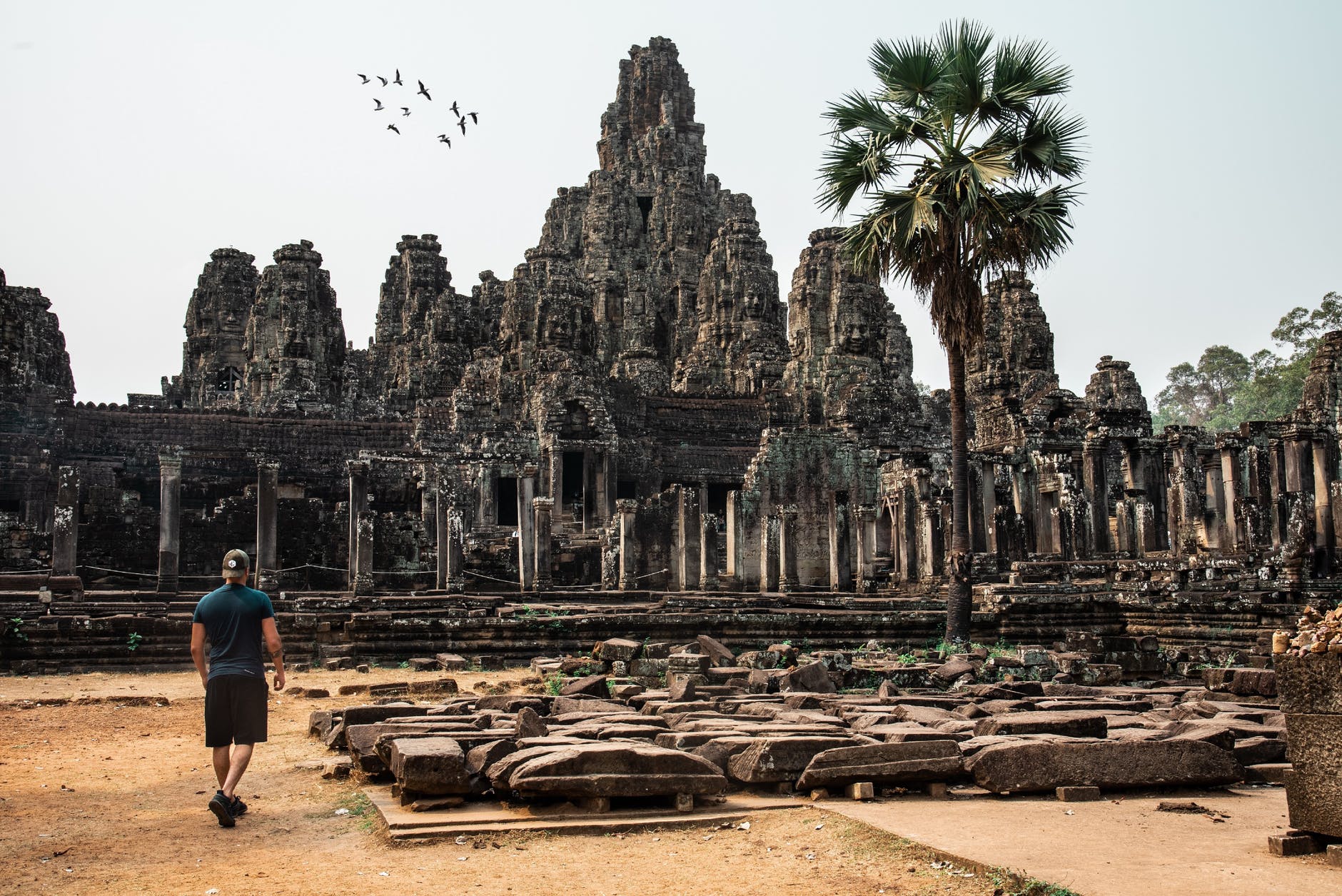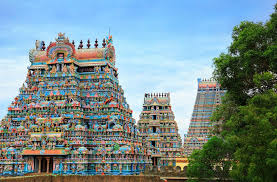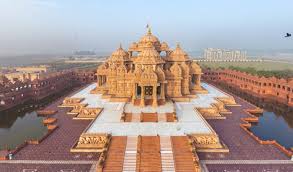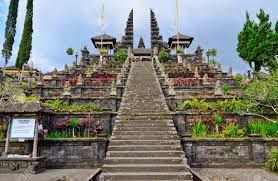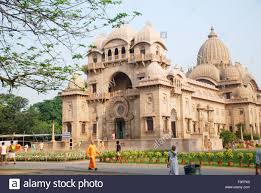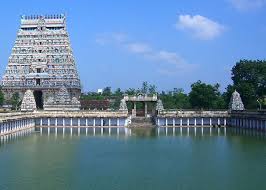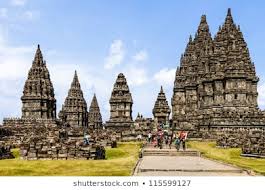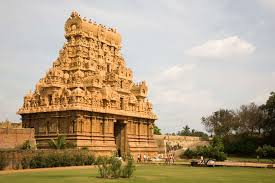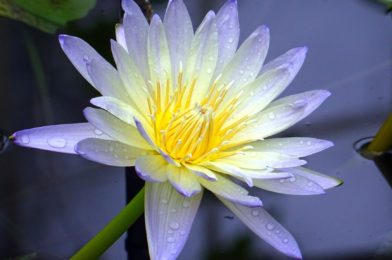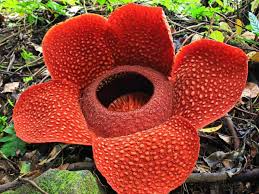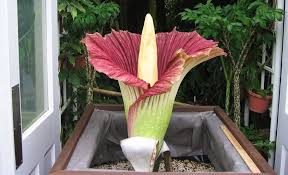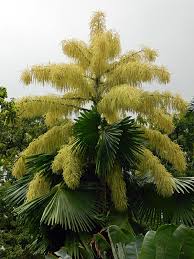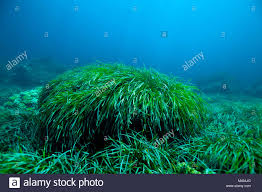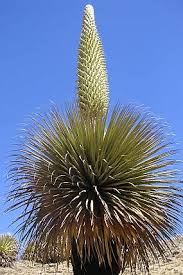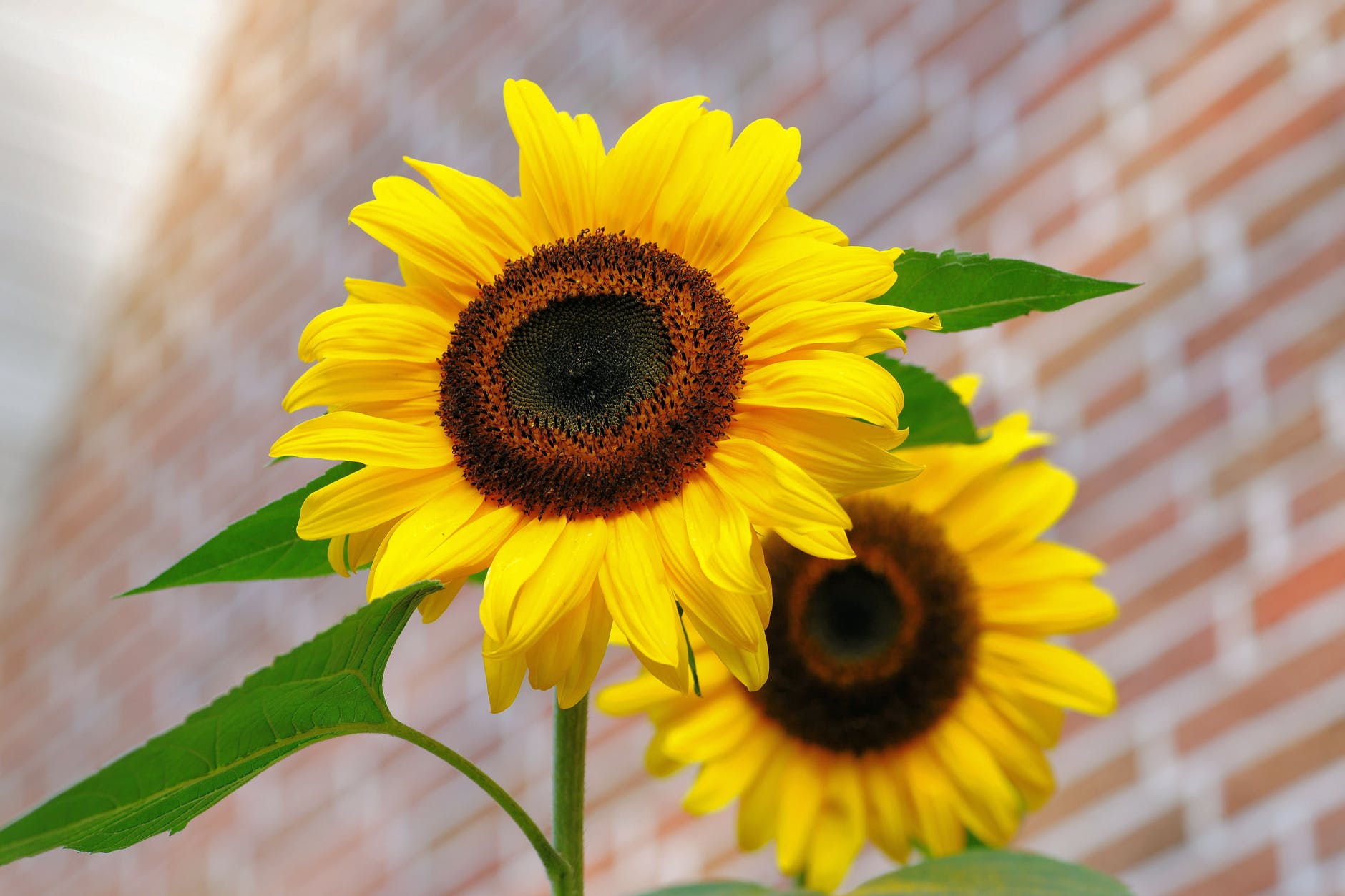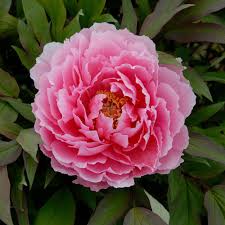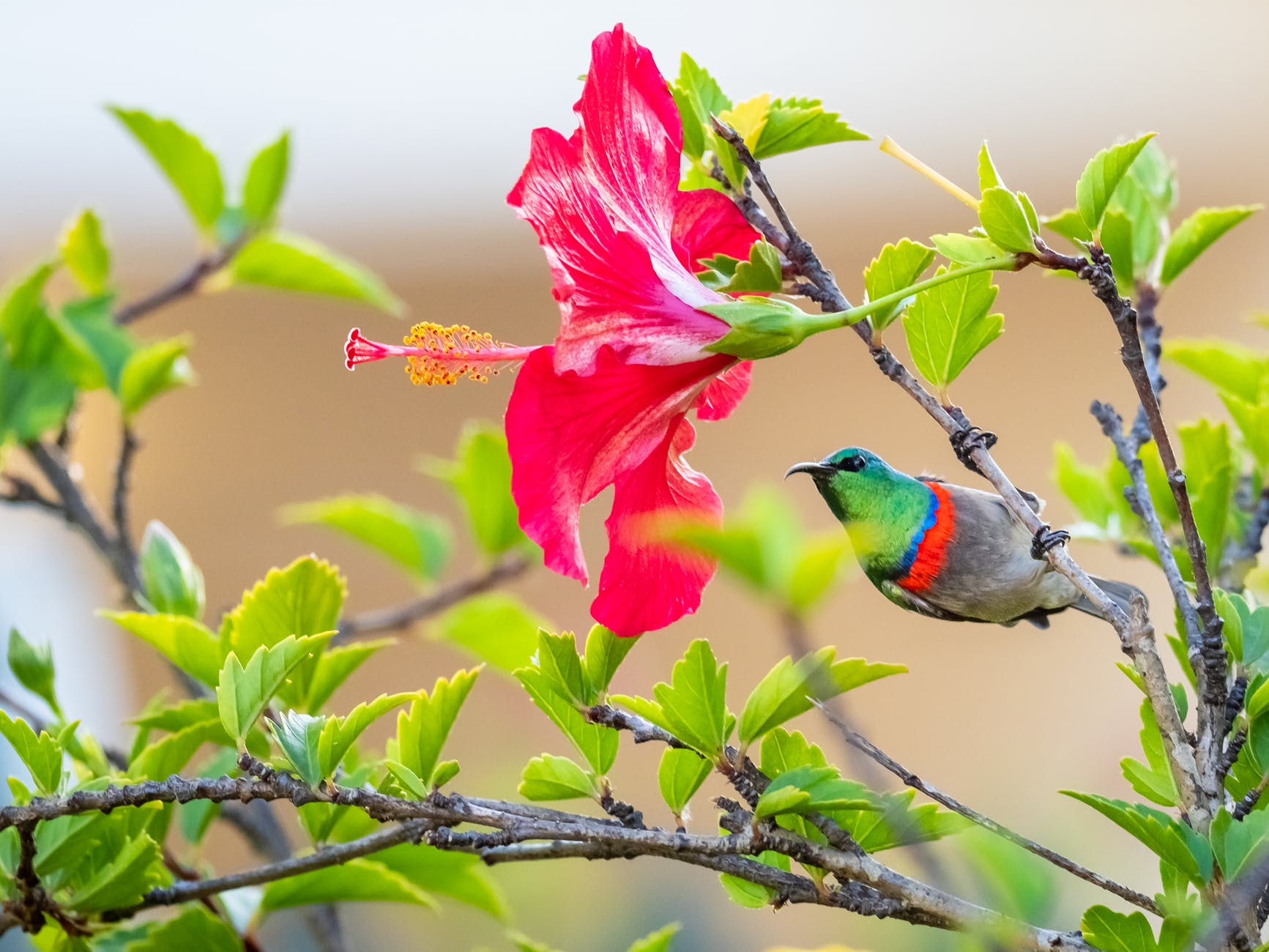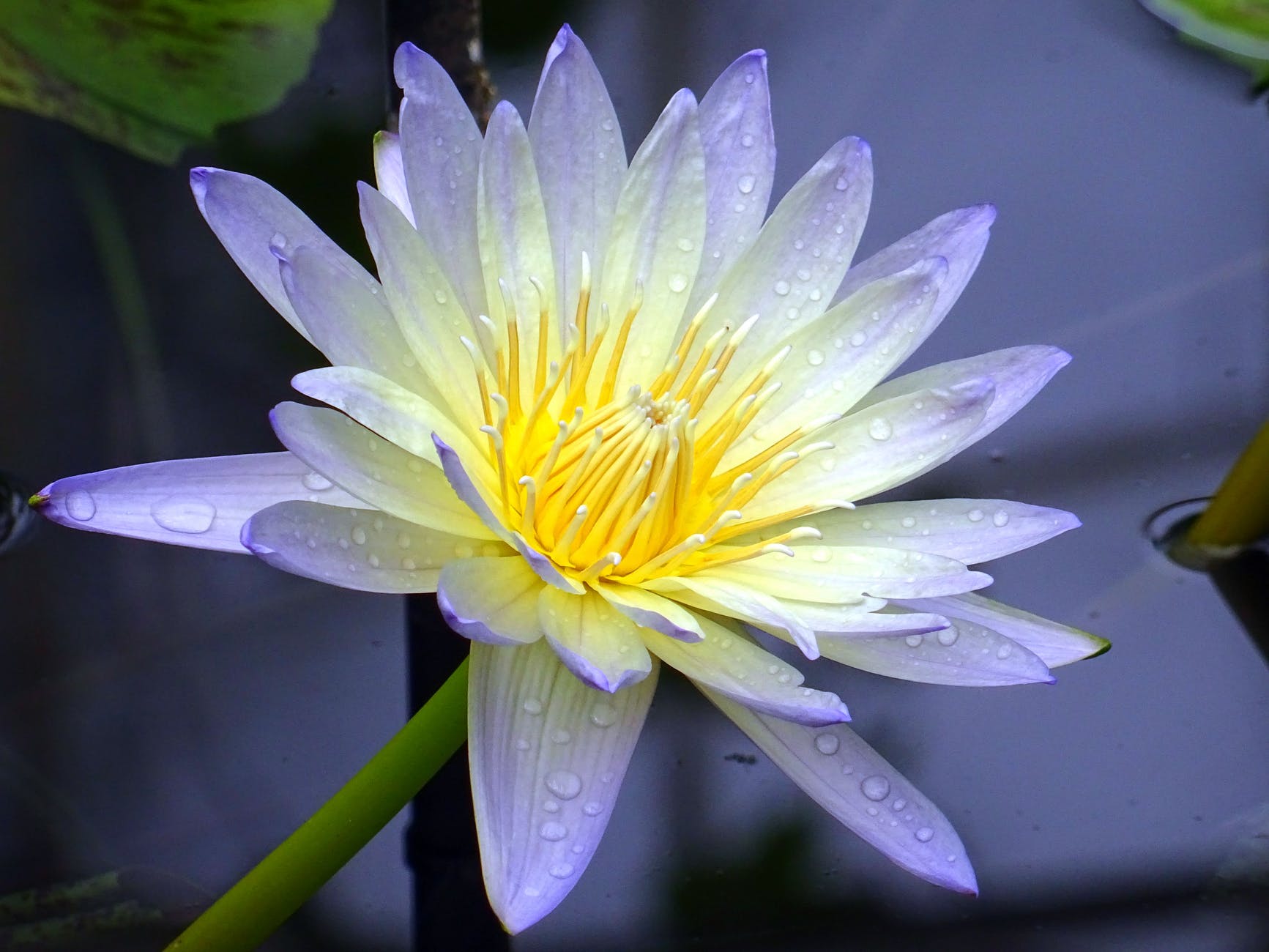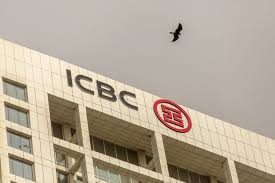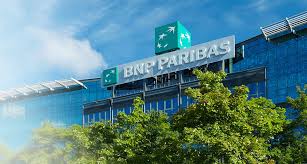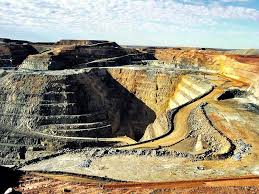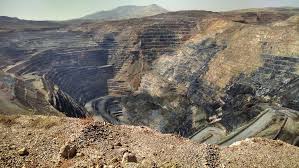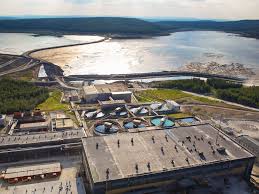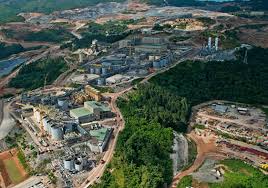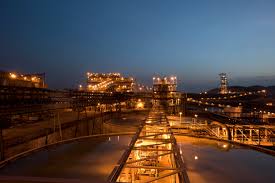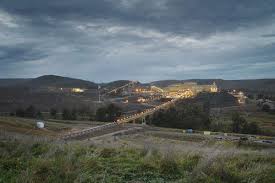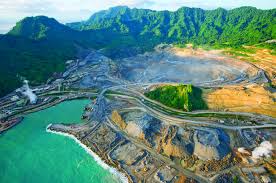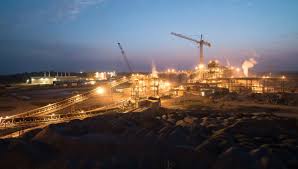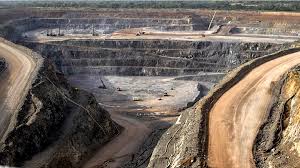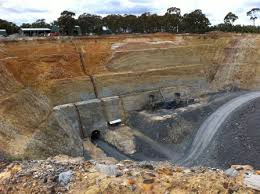A fish is an animal which lives and breathes in water. All fish are vertebrates and most breathe through gills and have fins and scales. Fish are cold-blooded, which means their internal body temperature changes as the surrounding temperature changes. The 25,000 known species of fish are divided into three main groups. There are three classes of fish: jawless, cartilaginous, and bony. All fish have a backbone. Fish have been on the earth for more than 500 million years. Fish were well established long before dinosaurs roamed the earth. 40% of all fish species inhabit fresh water, yet less than .01% of the earth’s water is fresh water. Fish have a specialized sense organ called the lateral line which works much like radar and helps them navigate in dark or murky water. Fish have excellent senses of sight, touch, taste and many possess a good sense of smell and ‘hearing’. Fish feel pain and suffer stress just like mammals and birds. Fish eat other fish, fish eggs, mollusks, aquatic plants, algae, zooplankton, terrestrial insects, water birds, turtles, frogs, snakes and mice. Living species range from the primitive jawless lampreys and hagfishes through the cartilaginous sharks, skates, and rays to the abundant and diverse bony fishes. Around 99% of living fish species are ray-finned fish. Fish can communicate in their underwater environments through the use of acoustic communication. Acoustic communication in fish involves the transmission of acoustic signals from one individual of a species to another. It can be found in nearly all aquatic environments, from high mountain streams to the abyssal and even hadal depths of the deepest oceans. Fish are an important resource for humans worldwide, especially as food. Commercial and subsistence fishers hunt fish in wild fisheries or farm them in ponds or in cages in the ocean. Tropical fish are one of the most popular pets in the U.S. The great 10 Largest fish species living today are as follows.
1.Whale Shark
It is also the largest extant non-mammalian vertebrate species on our planet. Whale sharks may grow up to 40 feet and weigh as much as 40 tons by some estimates. The whale shark is found in the warm tropical oceans open waters and can be found in the temperatures of about 68-77° Fahrenheit. Fish are usually covered with scales. They have two sets of paired fins and several unpaired fins. A fish takes in the oxygen from the water using gills. The whale shark and basking shark exceed all other fish by a considerable margin in weight and length. The Rhincodon typus, which can grow up to 41.5 feet and weigh as much as 21.5 tons, is the biggest fish species living today.
They have broad, flat heads with short snouts and their backs have an interesting white, yellow, and grey checkerboard pattern. These fish can live for up to 70 years. Despite their massive size, the fish are rarely a threat to humans. Whale sharks eat mostly small organisms like plankton, schooling fish, and squid, which they strain from the water as they swim with their meter-long mouths and specialized teeth. They feed mainly on plankton. The species are labelled as an endangered species by the IUCN. Bycatch losses, vessel strikes, low multiplication rate are only some of the factors threatening the future survival of the species. Whale sharks, which give live birth to hundreds of small babies.
2.Basking Shark
The Cetorhinus maximus can attain lengths of about 20 to 26 feet and weigh almost 19 tons, making the species the second biggest extant fish species in the world. It grows upto a maximum length of 45 feet and weight of 10,000 pounds (4.5 metric tons).This migratory shark species is found throughout the temperate oceans of the world. Like the whale shark, it feeds exclusively on planktons. A filter-feeder, the shark feeds near the surface of the water as if it was basking in the sun, hence the name. The basking shark has been labelled as a vulnerable species by the IUCN. The whale shark and basking shark exceed all other fish by a considerable margin in weight and length. It is usually greyish-brown, with mottled skin. It is one of three plankton-eating shark species, along with the whale shark and megamouth shark. They are quite harmless.
They spend most of their time near the surface, swimming with their extraordinarily large mouths open, filtering out their preferred prey, but they may also make deeper, feeding dives. Several countries have given them some or complete legal protection, legal fisheries still exist in other places, and occasionally, basking sharks are captured unintentionally in other fisheries. Basking sharks give birth to only a few, quite large babies. Basking sharks have been observed leaping out of the water, which may be a way of getting rid of parasites. Basking sharks have massive livers that make up 25 percent of their body weight. It is estimated that basking sharks live for about 50 years. Years of heavy commercial exploitation for food, shark liver oil, shark fin and also threats from fishing, bycatch losses, and more have reduced the population of the species.
3.Great White Shark
The great white shark is the world’s largest known predatory fish. It has 300 teeth, yet does not chew its food. The Carcharodon carcharias is found in the coastal waters of all the oceans where water temperature ranges between 12 and 24 °C. Most shark-related attacks on humans are associated with this shark species since it lives in coastal areas where encounters with humans are more frequent. However, humans are not the preferred prey of this species but still unprovoked attacks by the great white are quite common. Great white sharks can be found throughout the world’s oceans, mostly in cool waters close to the coast. These super swimmers are the largest predatory fish (fish that eat other fish or animals) on our planet. Some specimens of the species have been found to be 20 feet long and weigh about 3.3 tons. Generally, however, individuals are about 13 feet in length. The great white shark can live for over 70 years. The great white shark (Carcharodon carcharias), also known as the great white. These fish feed on a variety of prey species including the seabirds. Larger white sharks will also prey on sea lions, seals, and small toothed whales like orcas.
The great white shark is the apex predator in its ecosystem but occasionally killer whales are known to kill these sharks. The great white shark is also a vulnerable species subjected to the same threats as the species mentioned above. Great white sharks can swim at speeds of 25 km/hr (16 mph) for short bursts and to depths of 1,200 m (3,900 ft). ‘Great white shark’ is the most commonly used variant among common people, likely because the addition of the word “great” stresses the size of the species. The great white shark was one of the species originally described by Carl Linnaeus in his 1758 10th edition of Systema Naturae, in which it was identified as an amphibian. He assigned the scientific name Squalus carcharias, Squalus being the genus that he placed all sharks in. By the 1810s, it was recognized that the shark should be placed in a new genus, but it was not until 1838 when Sir Andrew Smith coined the name Carcharodon as the new genus. Great white sharks are grey with a white underbelly, from where they get their name. They have a streamlined shape and powerful tails. They can even leave the water completely, breaching like whales when attacking prey from underneath. Of the 100-plus annual shark attacks worldwide, a third to a half are attributed to great white sharks.
- Tiger Shark
The Galeocerdo cuvier or the “Sea Tiger” is the fourth largest fish species living today. It can attain a length of more than 16 ft and weigh around 3 tons. Tiger sharks can grow up to 18 feet (5.5 m) long. The populations of this species are widely distributed in the tropical and temperate oceans with larger populations living around the islands in the central Pacific Ocean. It is often called the man-eater shark. Tiger shark teeth are unique with very sharp, pronounced serrations and an unmistakable sideways-pointing tip. They play an important role in ecosystem function.
Younger sharks exhibit black tiger-like stripes on the body which disappear with age. These stripes give the species its name. It is notable for having the widest food spectrum of all sharks, with a range of prey that includes crustaceans, fish, seals, birds, squid, turtles, sea snakes, dolphins, and even other smaller sharks.
It also has a reputation as a “garbage eater”. Sadly, the tiger shark is also threatened by human activities that make it a near threatened species on the IUCN Red List. The tiger shark is responsible for the second-highest number of attacks on humans after the great white shark. A tiger shark generally has long fins to provide lift as the shark maneuvers through water, while the long upper tail provides bursts of speed. The skin of a tiger shark can typically range from blue to light green with a white or light-yellow underbelly. Female tiger sharks have anywhere from 10 to 82 embryos and give birth to an average of 30 to 35 pups per litter. Tiger sharks live in shallow, coastal waters, but have been seen 1,150 feet (350 m) deep. The dark stripes on their sides and backs, which is one way they can be distinguished from other shark species. These large, slow-moving sharks live all over the world in sub-tropical waters.
- Giant Oceanic Manta Ray
The Manta birostris is a ray species that ranks as the fifth largest fish species in the world. It is therefore the biggest species of ray and can be as big as 23 feet and weigh around 3 tons. These rays live in the tropical and subtropical oceans. Giant manta rays can dive more than 3,280 feet (1,000 m) underwater, but typically feed only 33 feet (10 m) deep. The manta rays feed mainly on plankton and swim alone or in groups with other members of the same species or other marine species. Although the manta ray has few predators in the water, humans are responsible for a steep decline in their population due to irresponsible fishing practices. It is dorsoventrally flattened and has large, triangular pectoral fins on either side of the disc. At the front, it has a pair of cephalic fins which are forward extensions of the pectoral fins. These can be rolled up in a spiral for swimming or can be flared out to channel water into the large, forward-pointing, rectangular mouth when the animal is feeding. It has a small dorsal fin and the tail is long and whip-like.
The manta ray does not have a spiny tail as do the closely related devil rays. The colouring of the dorsal (upper) surface is black, dark brown, or steely blue, sometimes with a few pale spots and usually with a pale edge. The ventral surface is white, sometimes with dark spots and blotches. it has been recorded as far north as southern California and New Jersey in the United States, Aomori Prefecture in Japan, the Sinai Peninsula in Egypt, and the Azores in the northern Atlantic. In the Southern Hemisphere, it occurs as far south as Peru, Uruguay, South Africa, and New Zealand. When traveling in deep water, the giant oceanic manta ray swims steadily in a straight line, while further inshore it usually basks or swims. Giant manta rays have one of the lowest fecundity of all elasmobranchs, typically only giving birth to one pup every two to three years. There are reports of giant mantas living to at least 40 years. Giant manta rays have the biggest brains of any fish studied so far. They use that brain power to learn, exercise their memory, distinguish between objects and even recognize themselves in the mirror.
- Ocean Sunfish
The Mola mola is the world’s largest living bony fish. Adults of this species weigh around 2.3 tons and can grow up to a maximum length of 10.8 ft. The truth about sunfish is that they are far more amazing, and capable animal. They have no true tail, and instead look like a fish that has been cut in half. Due to their unique shape, the fish can attain a height equivalent to their length. These fish inhabit the world’s tropical and temperate oceans. Although they have few natural predators, they are subjected to great threats due to human activities like fishing. Thus, the IUCN has labelled the species as vulnerable. They feed on massive quantities of sea jelly. Sunfish are consumed largely small fishes, fish larvae, squid, and crustaceans.
Its scientific name, mola, is Latin for “millstone”, which the fish resembles because of its grey color, rough texture, and rounded body. They are a silvery color and have a rough skin texture. Their teeth are fused into a beak-like structure, and they are unable to fully close their relatively small mouths. Its common English name, sunfish, refers to the animal’s habit of sunbathing at the surface of the water. This family comprises three genera: Masturus, Mola and Ranzania. Unlike most fish, the sunfish swings its dorsal fin and anal fin in a characteristic sculling motion. Ocean sunfish use their dorsal and anal fins as a primary means to move. Sometimes ocean sunfish swim along the ocean surface. They are commonly observed off the coast of Southern California, Indonesia, the British Isles, Southern coast of Africa the Northern and Southern Isles of New Zealand. Females of the species can produce more eggs than any other known vertebrate, up to 300,000,000 at a time.
7.Sharptail Mola
The Masturus lanceolatus is a mola species that lives in the world’s tropical and temperate marine waters. It is similar in appearance to the ocean sunfish , but can be distinguished by the projection on its clavus . It has an oval body with an evenly convex forehead profile. Their skin is covered with small dermal denticles that are finer than those of the ocean sunfish. The sharptail mola (Masturus lanceolatus) is also very large. Molas have a distinctive bullet-shaped appearance, with a short body that ends abruptly in a thick rudder like structure called a clavus just behind the tall triangular dorsal and anal fins. Since the species is elusive in nature, it is rarely sighted and hence little understood. The fish can attain a length of about 11 feet and weigh as much as 2 tons.
The sharptail mola feeds on a wide variety of species including annelids, sponges, fishes, etc. Molas are the largest of the bony fishes, and they are separated into three genera: Mola, Masturus, and Ranzania. It has recently become important to commercial fisheries operating off eastern Taiwan. This species is the only member of its genus. During the day, they spend most of their time in depths of 5-200 meters (16–656 feet), preferring water temperatures above 20 degrees Celsius, but making frequent dives in cool, deep waters, perhaps to avoid feeding or hunting. Their skin is covered with a small dermal denticle which is finer than the sea sunflower. Sharptail mola’s swim mode is just like any other sea sunfish, it uses the long surface and the scaling speed of anus to propel itself through the water.
- Hoodwinker Sunfish
The Mola tecta have been recently discovered and hence little is known about its behavior. However, it is ranked as one of the biggest fish species known to us. The hoodwinker sunfish is a congener of the more widely known ocean sunfish, Mola mola. It has a smooth body shape, no bump and has a maximum length of 242cm (about 7.9 feet). It is closely related to the more widely known ocean sunfish. The fish is found in the oceanic waters of the Southern Hemisphere where it preys on salps. These are mostly discovered in the temperate region of Southern Hemisphere in the water near Australia, New Zealand Southern Chile and Southern Africa. It does not have spines in its fins nor real caudal fin. Compared to other Mola species, Mola tecta is slimmer, has a sleeker adult body shape and lacks a protruding snout and lumps along the tail fin.
It reaches up to three meters in length and weighing up to two tonnes (2.0 long tons; 2.2 short tons). The hoodwinker sunfish was the first new species of sunfish . They have attracted interest for centuries because of their unique shape and large size. These beautiful giants Mola tecta can be identified from its rounded clavus edge with indent, 15-17 clavus fin rays and its body scales are raised conical midpoints. Mola tecta, the hoodwinker sunfish is a deep-sea fish with gigantic body size. Discovered on a beach near Christchurch, New Zealand in 2015, Mola tecta, the hoodwinker sunfish is the first species to identify sunfish in 130 years. Mola tecta are found mostly in equatorial regions of the Southern Hemisphere in waters close to Australia, New Zealand, southern Chile, and South Africa. It was first described by Marine Naigard, a sea scientist. Mole tech is hard to study because they are hard to find and their huge size makes them difficult to store.
- Beluga Sturgeon
A critically endangered species, the Huso huso belongs to the sturgeon family. The beluga sturgeon is one of the only species of sturgeons that actively eats other fishes and is one of the largest predatory fishes on Earth. The common name for the sturgeon, as for the unrelated beluga whale, is derived from the Russian word, meaning “white”, probably referring to the extensive pale colour on the flanks and belly in beluga compared to other sturgeons. It has elongated body, heterocercal tail, partially cartilaginous skeleton, naked skin, longitudinal series of scutes. The habitat of the fish is restricted to the Black, Caspian and Adriatic Seas. Humans have heavily exploited this species for the beluga caviar, a highly-priced delicacy. The unregulated fishing of this species and poaching activities have severely reduced the populations of this fish leading to an urgent need to protect the species from commercial exploitation.
The fish is also a late-maturing species with a long lifespan. It migrates upstream in rivers for laying eggs. Other fish and rarely waterfowl constitutes its prey base. The largest known specimen of the beluga sturgeon has been found to be 23.6 ft long and weigh 1,571 kg. Heavily fished for the female’s valuable roe, known as beluga caviar, wild populations have been greatly reduced by overfishing and poaching. The sturgeons are a very old group of fishes (over 200 million years old) and make up one of the most primitive lineages of bony fishes. beluga sturgeon produce millions of eggs. The amount of eggs that a single beluga sturgeon can produce makes this species the most valuable fish in the world to fishers. That value may be the beluga sturgeon’s doom. When preparing to spawn upriver, the beluga sturgeon is easy to capture, by harpoon or in nets. The largest of all sturgeon species is the most prestigious of all due to its caviar, once the most expensive food product in the world.
- Reef Manta Ray
The Manta alfredi is the second biggest species of ray and the tenth biggest fish species living in the world today. It is one of the largest rays in the world. The fish is generally found in the tropical and subtropical marine waters but are absent in the East Pacific and the West Atlantic. The fish can weigh as much as 1.4 tons and attain lengths of up to 5.5 m. It primarily consumes zooplankton and is a filter-feeder. Although it is rarely predated upon due to its considerable size and high speed, human activities like overfishing have adversely impacted populations of this species. The reef manta ray is thus a Vulnerable species on the IUCN Red List. The reef manta ray has a pelagic lifestyle and feeds by filtering sea water in order to catch zooplankton. Research indicates that mantas probably may live to at least 50 years old.
The Reef Manta Ray (Mobula alfredi) is one of the largest and most iconic marine species. Because Reef Manta Rays frequent relatively shallow waters along the coastal reefs of continents and oceanic islands, they are more commonly encountered by divers and snorkellers than their Oceanic Manta Ray cousins. Large, flat and oddly shaped, these fish are named for their unique appearance, ‘Manta’ meaning blanket or cloak in Spanish. Sporting famously long pectoral fins, these iconic creatures can be spotted in numerous regions of the Great Barrier Reef. Feeding on krill and zooplankton, they are often seen forming long chains and swimming in circles to create a spiral effect, catching food in their wake.

